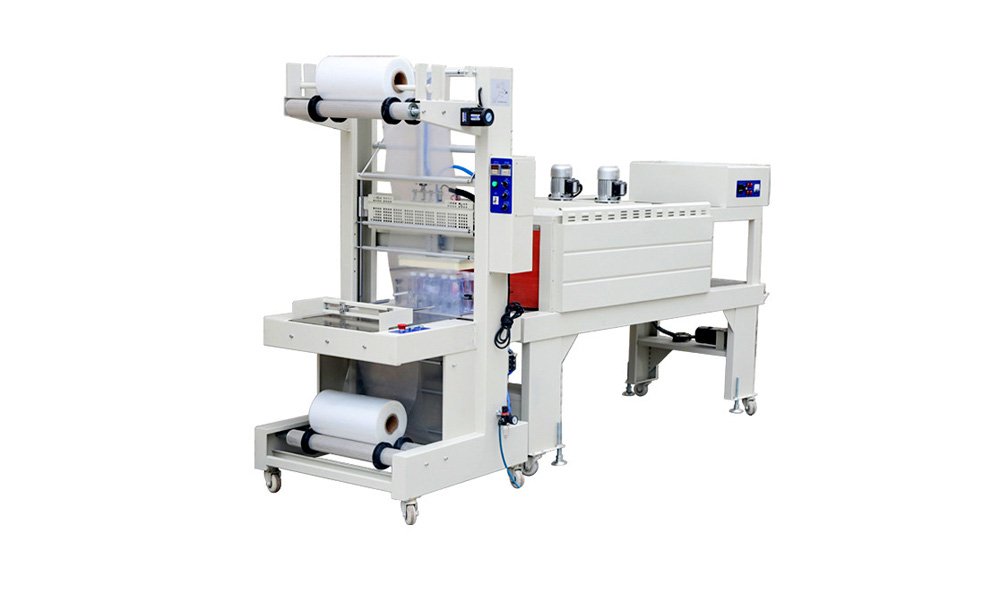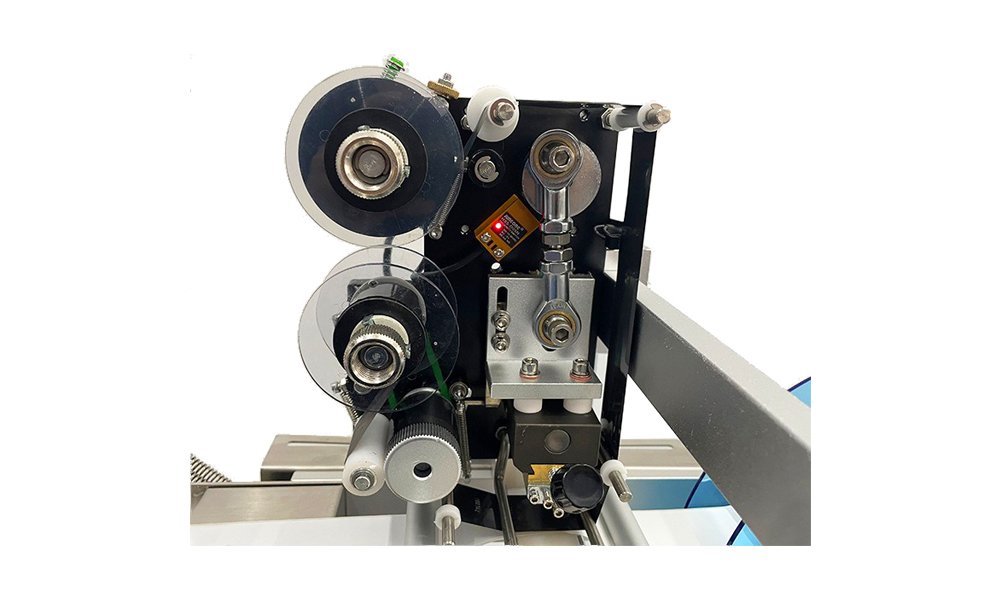Identifying inefficiencies in your packaging machine process can lead to wasted time, reduced productivity, and increased costs. By adopting a structured improvement strategy, you can streamline operations, cut costs, and boost productivity.
Improving a packaging machine process requires assessing efficiency, conducting regular maintenance, enhancing automation, and implementing sustainable practices. Optimizing these areas can significantly boost productivity and reduce costs.
Let’s explore 10 essential steps to enhance your packaging process and streamline operations.
Analyze Current Process Efficiency
Begin with a thorough assessment of your existing packaging line’s efficiency. Regularly measuring performance metrics, such as output speed, downtime, and waste, allows you to identify bottlenecks and inefficiencies. Many companies find that measuring the machine’s Overall Equipment Effectiveness (OEE) can reveal weak points in the process. OEE measures availability, performance, and quality to provide a comprehensive view of your machine’s efficiency.
By consistently reviewing these metrics, you’ll be able to pinpoint areas for improvement, optimize your machine’s performance, and reduce operating costs.
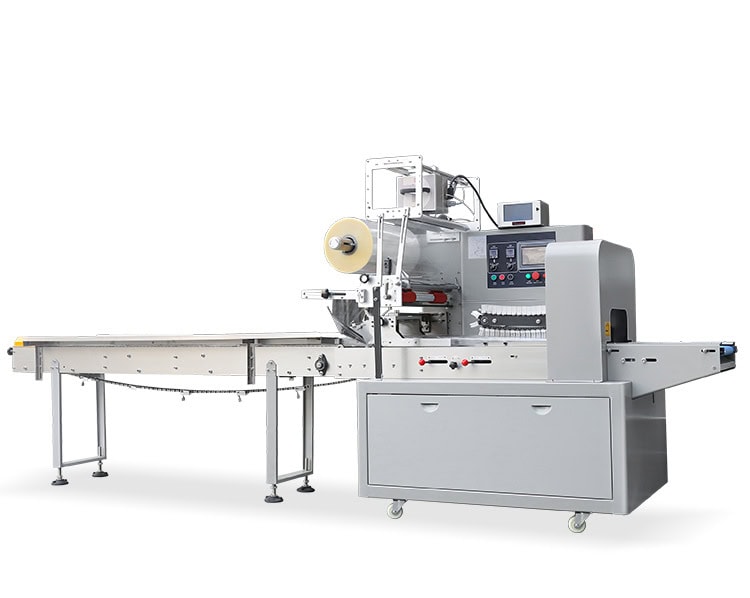
Implement Preventive Maintenance Programs
Preventive maintenance is essential to minimize unexpected breakdowns and prolong the lifespan of equipment. Regularly scheduled maintenance checks on critical components such as sensors, motors, and belts are necessary for continuous operation. Set up daily, weekly, or monthly routines for checking and replacing parts before they wear out.
By staying proactive with maintenance, you can reduce downtime significantly and prevent costly emergency repairs. For more advanced machines, automated notifications and monitoring systems can be added to alert operators when maintenance is due.
Invest in Automation and Integration
Automation helps reduce manual errors and enhances overall efficiency. Automated tasks, such as loading, sorting, or labeling, streamline the entire packaging machine process. For high-volume production lines, integrating data tracking through centralized software can provide real-time updates on performance, enabling swift adjustments to maintain optimal productivity.
Integrating automation also improves consistency and precision in packaging and labeling. Consider automating repetitive tasks to free up human operators for more skilled responsibilities, which can further enhance line efficiency.
Train Operators and Technicians
A well-trained team is essential for efficient packaging operations. Regular training on machine handling, troubleshooting, and safety ensures that operators are equipped to handle both daily tasks and unexpected issues. Update training programs whenever new technologies or process modifications are introduced.
Moreover, training enhances overall safety and reduces the likelihood of human error. Training on efficient use of machines, such as flag labeling machines, also maximizes output quality, ensuring proper label placement and reducing waste.
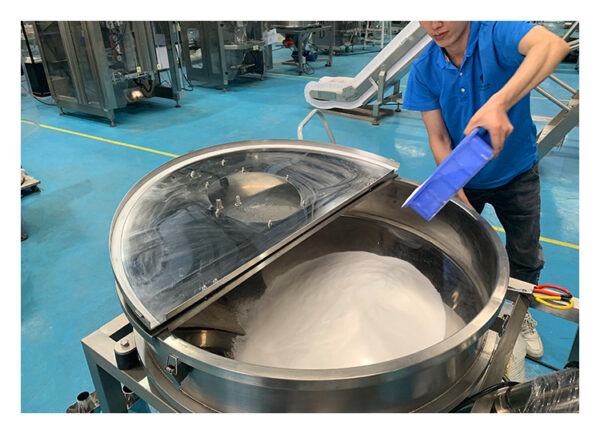
Optimize Labeling and Packaging Alignment
Ensuring precise alignment for labeling and packaging is crucial to avoid defects. Calibrate labelers and adjust sensors to ensure accurate alignment, preventing product waste due to mislabeling. Regular calibration, especially after machine downtime or a production shift, ensures consistency.
Use advanced sensors and alignment tools that offer high accuracy and customizable settings to handle diverse product sizes and packaging requirements.
Utilize Data Analytics for Decision-Making
Incorporating data analytics is valuable for identifying trends and making informed improvements. Tracking metrics like speed, error rates, and downtime helps in diagnosing recurring issues. Analytics can offer predictive insights for maintenance, and operational adjustments, and even help optimize production schedules based on machine performance.
For instance, data from labeling machines can highlight inefficiencies that may otherwise go unnoticed. With data-driven insights, businesses can optimize output without compromising quality.
Streamline Changeover Procedures
Changeover times between products can cause significant downtime, especially for operations with frequent shifts in product sizes or types. To reduce changeover times, implement quick-change parts and create preset settings that can be adjusted with minimal intervention.
By standardizing procedures and using tools to aid in rapid changeovers, operators can make transitions more consistent and efficient, reducing waste and downtime between shifts.
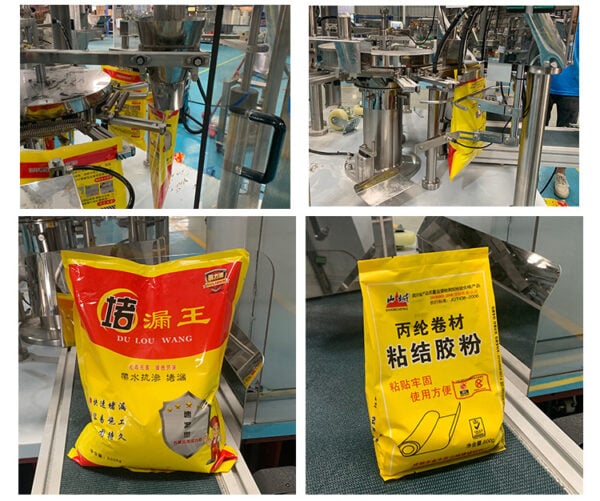
Prioritize Sustainability in Packaging Materials
Sustainable practices are increasingly essential in modern production. Select eco-friendly or recyclable packaging materials that meet environmental standards while maintaining durability. Additionally, optimize material use by adjusting packaging size and volume to reduce excess waste.
For companies using vacuum packaging machines, for instance, ensuring sustainable materials and minimal waste will not only benefit the environment but also save costs in material usage.
Reduce Energy Consumption
Reducing energy usage can significantly lower operational costs. Consider upgrading to energy-efficient motors and systems to decrease overall energy demand. Automated systems can be programmed to switch off or enter a low-energy state during idle periods, conserving power without impacting productivity.
Monitoring energy usage on key machinery like filling machines can help assess consumption patterns and adjust operations for greater energy efficiency.
Focus on Safety and Compliance
Adhering to safety and compliance standards is essential for smooth operations and minimizing liabilities. Regularly inspect safety features, including emergency stop buttons, guard rails, and pressure sensors, to ensure they meet the required standards. Complying with industry safety regulations helps prevent accidents and reduces downtime due to equipment failure.
Consistently updated safety training and compliance checks ensure your operation not only runs smoothly but also protects your team and investment.
Conclusion
Enhancing packaging machine processes requires ongoing assessment, targeted upgrades, and a focus on sustainability and efficiency. Implement these strategies to improve productivity, reduce waste, and create a reliable packaging operation.





